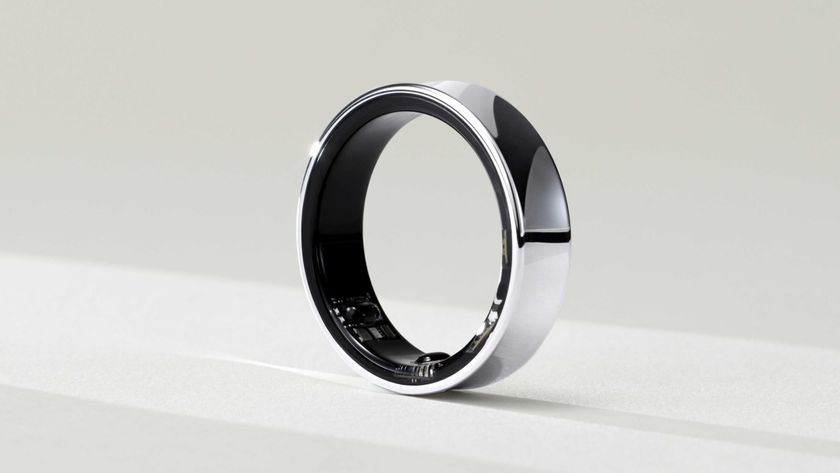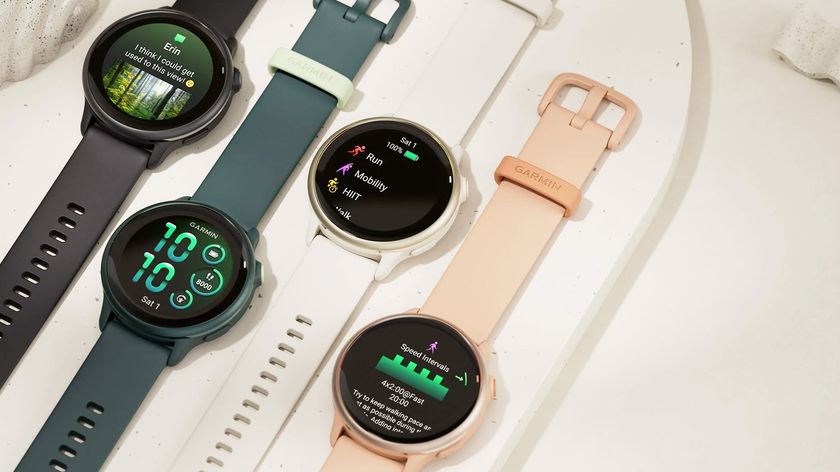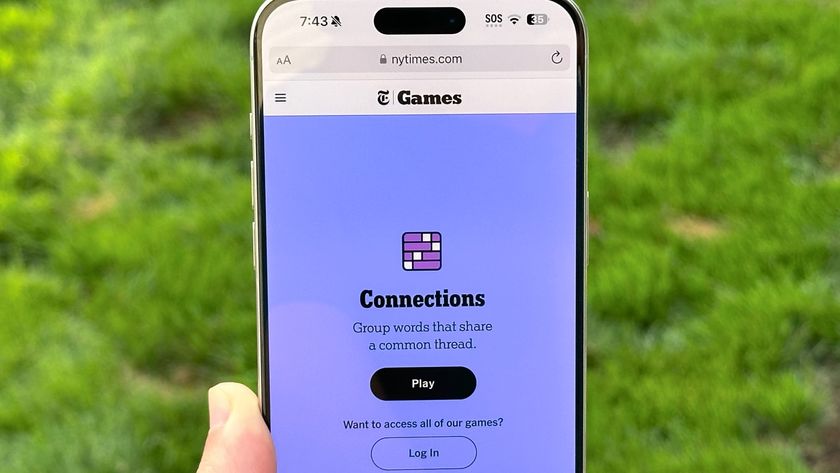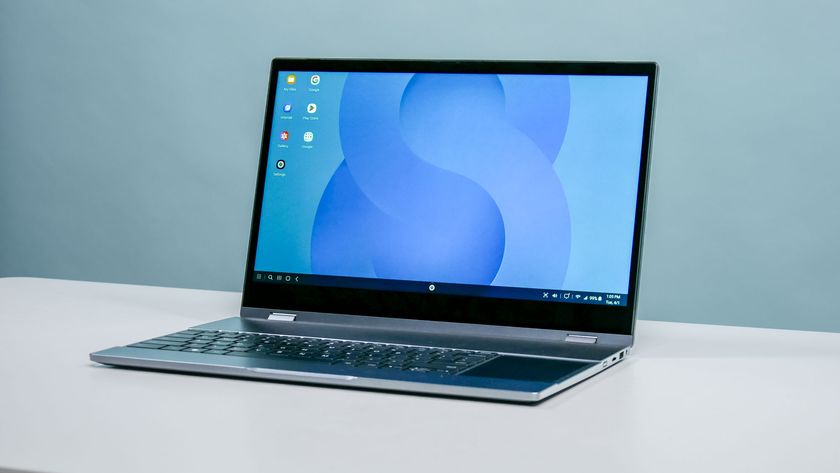I walked over 5,000 steps with the Apple Watch 9 and Google Pixel Watch 2 — here’s which was more accurate
I put the two fitness trackers head-to-head
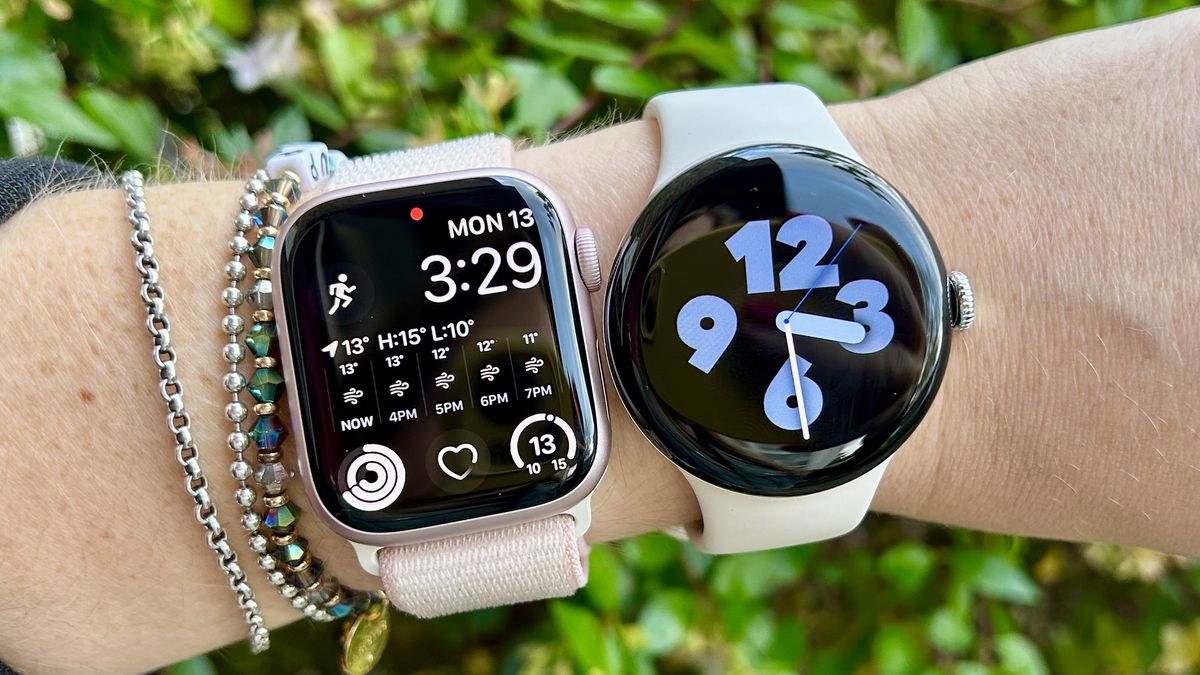
As a fitness editor, it’s my job to test some of the best fitness trackers on the market, and put various watches head-to-head, to test which is more accurate, and best suited to your needs. Last week, I started experimenting with the Google Pixel Watch 2 and the Apple Watch Series 9, and this week, I took things further by looking at the accuracy of the pedometer in both watches. Read on to find out which was more accurate.
Before we get started, it’s important to understand how both these trackers count how many steps you’ve taken, and acknowledge that it would be pretty impossible for a fitness tracker to be 100% accurate. Both the Google Pixel Watch 2 and Apple Watch 9 count your steps using an internal accelerometer, which measures the swing of your arm. Each swing counts for two steps. It doesn’t matter whether you wear your watch on your dominant or non-dominant hand, or whether you’re walking with your hands in your pockets, or holding something, the accelerometer should still measure your body’s movement.
For this challenge, I wore the Google Pixel Watch 2 and the Apple Watch 9 on the same wrist, and manually counted my steps as I walked, which is every bit as tedious as it sounds. Fans of the Tom’s Guide fitness pages will know this isn’t my first step-counting experiment — read what happened when I walked 8,000 steps with the Apple Watch 9 and Fitbit Inspire 3 here.
I walked 5,500 steps with the Google Pixel Watch 2 and Apple Watch 9 — here’s which was more accurate
Both the Apple Watch 9 and Pixel Watch 2 have built-in GPS to accurately track your distance. While Apple uses its Workout platform, the Google Pixel Watch 2 uses Fitbit’s interface to track workouts. If you’re looking to upgrade your smartwatch, both the Apple Watch 9 and Google Pixel Watch 2 made it onto our list of the best smartwatches on the market. The Apple Watch 9 costs $399 and has Apple’s new S9 Processor, allowing you to use the new double-tap gesture. The Google Pixel Watch 2 costs $349 for the Wi-Fi model and $399 for the LTE model.
When it comes to deciding between the two, the decision could be made easier depending on which phone you use. However, if you’re comparing the two watches from a workout perspective, there’s one big difference — like most of the best Fitbits, to get full access to all of the data the Google Pixel Watch 2 records, you’ll need to pay for a Fitbit Premium membership. You get 6 months free when you register your new device, but after that, you’ll have to pay $9.99 per month, or $80 a year.
But anyway, back to my step count test. As mentioned above, I strapped both watches to my non-dominant, left wrist, and held my $6.99 step counter tool in my right hand. Every time I took a step, I manually clicked, and when I got home, I downloaded my data to compare what each watch recorded. Obviously, you need an iPhone for the Apple Watch 9, and a Google Pixel (or Android) to view your data on the Pixel Watch 2.
The results
| Header Cell - Column 0 | Steps counted |
|---|---|
| Manual counter | 5,500 |
| Google Pixel Watch 2 | 5,336 |
| Apple Watch Series 9 | 5,659 |
As you can see from the results, neither watch was spot on, but neither was wildly out. The Google Pixel Watch didn’t count 164 steps, but the Apple Watch 9 counted 159 steps I didn’t take, so this one is pretty close. Of course, in the grand scheme of things, 160 steps isn’t a lot — I walked 2.6 miles in total, which means I’m taking around 2000 steps per mile. 160 steps wouldn’t even be 0.1 miles, so it’s not a lot of difference.
Sign up to get the BEST of Tom's Guide direct to your inbox.
Get instant access to breaking news, the hottest reviews, great deals and helpful tips.
It’s also worth noting that both of these watches do a lot more than just count your steps. Both have made it onto our list of the best smartwatches on the market — while the Apple Watch 9 scored the best overall, thanks to its new processor and first-rate apps, safety features, and fitness tracking features, the Google Pixel Watch 2 offers Google apps and the most Fitbit fitness tracking features.
What’s more, from a fitness perspective, counting steps alone isn’t the best metric when it comes to getting fitter and losing weight. That said, it’s a good place to start. 10,000 steps is the equivalent of walking around 5 miles per day, which might sound like a lot, but might mean taking the stairs, not the elevator, getting off the subway a couple of stops early, or meeting a friend for a walk at lunch, not sitting in a coffee shop. There are a number of benefits of walking more, including losing weight, building muscle, and feeling less stressed. Here’s what 30-minutes of walking each day can do for your body.
More from Tom's Guide

Jane McGuire is Tom's Guide's Fitness editor, which means she looks after everything fitness related - from running gear to yoga mats. An avid runner, Jane has tested and reviewed fitness products for the past five years, so knows what to look for when finding a good running watch or a pair of shorts with pockets big enough for your smartphone. When she's not pounding the pavements, you'll find Jane striding round the Surrey Hills, taking far too many photos of her puppy.
